Reviews (0)
Be the first to review “Phloretin” Cancel reply
Shipping & Delivery
Related products
Bromelain
KSh0.10
Bromelain is a powerful enzyme complex found primarily in the stems and cores of pineapples (Ananas comosus). It is renowned for its proteolytic properties, which means it has the ability to break down proteins into smaller peptides and amino acids. This natural enzyme mixture contains various proteases, such as bromelainases, stem bromelain, and fruit bromelain, which work synergistically to facilitate protein digestion.
Bromelain has gained significant attention for its potential health benefits and is commonly used as a dietary supplement. It has been credited with anti-inflammatory properties and has been studied for its ability to reduce swelling, bruising, and pain associated with various conditions, such as osteoarthritis and sports injuries. Additionally, bromelain has been shown to aid in the digestion of dietary proteins, which can contribute to improved gastrointestinal health.
Furthermore, bromelain has been explored for its potential therapeutic applications beyond digestion and inflammation. It has demonstrated promising effects on immune modulation, cardiovascular health, respiratory conditions, and even cancer treatment. However, further research is needed to fully understand and confirm these potential benefits.
Overall, bromelain can be described as a natural enzyme complex derived from pineapples that exhibits proteolytic activity, making it valuable for protein digestion. Its potential health benefits extend beyond digestion and include anti-inflammatory effects and various therapeutic applications.
Camphor Powder
KSh0.01
Camphor powder is a fine, crystalline substance derived from the camphor tree (Cinnamomum camphora) or synthetically produced. It is commonly used in various applications for its distinct aroma and medicinal properties. Camphor powder typically possesses a strong, minty scent and a white color. It is characterized by its volatile nature, easily vaporizing when exposed to air.
Camphor powder is known for its wide range of uses, including as a fragrance ingredient in perfumes, soaps, and candles. It also serves as a moth repellent and is often utilized in insecticides and pest control products. Additionally, camphor powder has been used in traditional medicine for its analgesic, anti-inflammatory, and antiseptic properties, finding applications in ointments, balms, and liniments. However, it is important to note that camphor powder should be used with caution and under proper guidance, as excessive exposure or ingestion can be harmful.
Powder Sodium Mono Fluoro Phosphate [Na2PO3F]
Sodium monofluorophosphate (Na₂PO₃F), commonly abbreviated as SMFP, is a compound used in dental care products, particularly toothpaste, for its anti-cavity properties. Here are some key points about it:
- Chemical Composition:
- Formula: Na₂PO₃F
- Molar Mass: 143.95 g/mol
- Appearance: White, odorless powder
salicylic acid
KSh0.01
Sodium Nitrite 500gm
Sodium nitrite (NaNO2) is an inorganic compound composed of sodium and nitrite ions. It appears as a white to slightly yellowish crystalline powder and is highly soluble in water. Sodium nitrite is commonly used as a food preservative and color fixative in meats and fish, as it inhibits the growth of bacteria and maintains the red-pink color of cured products. In addition to its use in the food industry, sodium nitrite serves various roles in industrial processes, such as in the manufacturing of dyes, rubber chemicals, and pharmaceuticals. It also finds applications in wastewater treatment and corrosion inhibition. However, sodium nitrite must be handled with care due to its toxic and potentially carcinogenic properties when ingested in large quantities.
Trypsin 100gm
Trypsin is an enzyme that plays a crucial role in digestion. It belongs to a class of enzymes called proteases, which break down proteins into smaller peptides and amino acids. Trypsin is produced in the pancreas as an inactive precursor called trypsinogen, which is then activated in the small intestine by another enzyme called enterokinase.
Once activated, trypsin catalyzes the hydrolysis of peptide bonds in proteins, specifically targeting the carboxyl side of the amino acids lysine and arginine. This process is essential for the digestion of proteins into smaller peptides and amino acids, which can be absorbed by the intestines for nutrient uptake.
Trypsin is also used widely in biochemical research and biotechnology, particularly in protein analysis and manipulation. Its ability to selectively cleave peptide bonds makes it a valuable tool for studying protein structure and function.


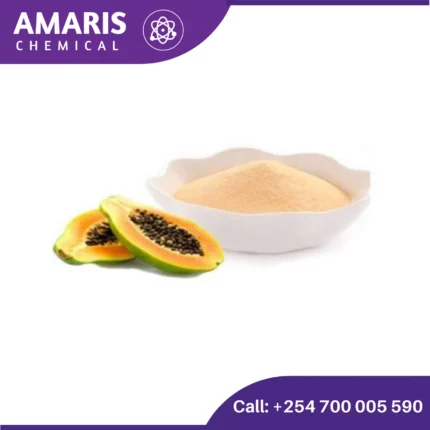
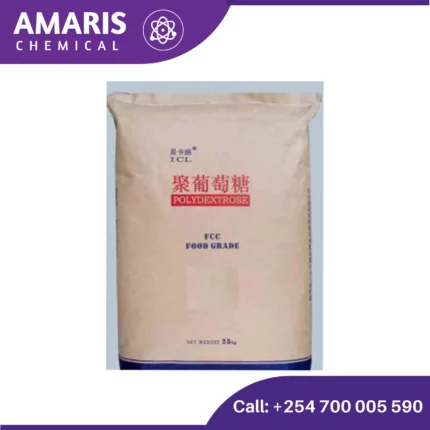


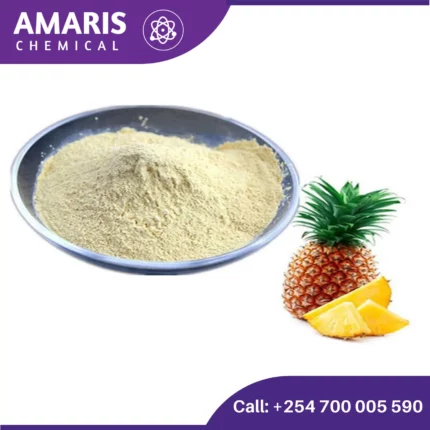
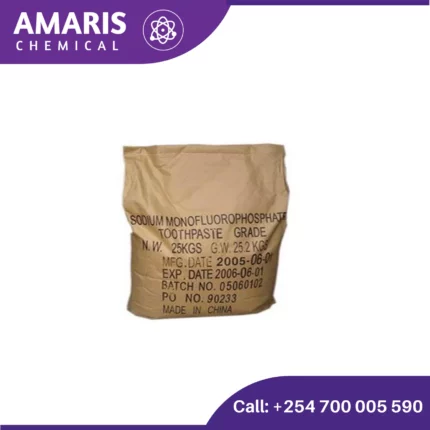
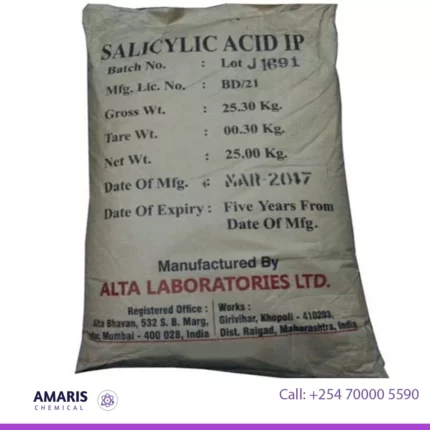
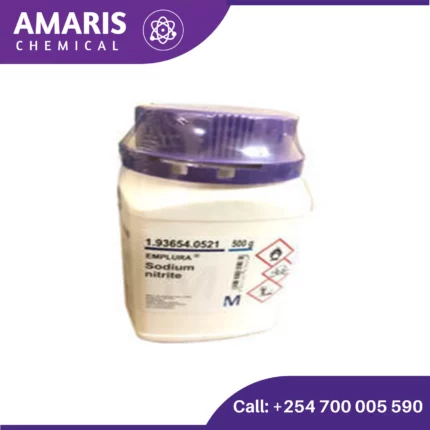








Reviews
There are no reviews yet.